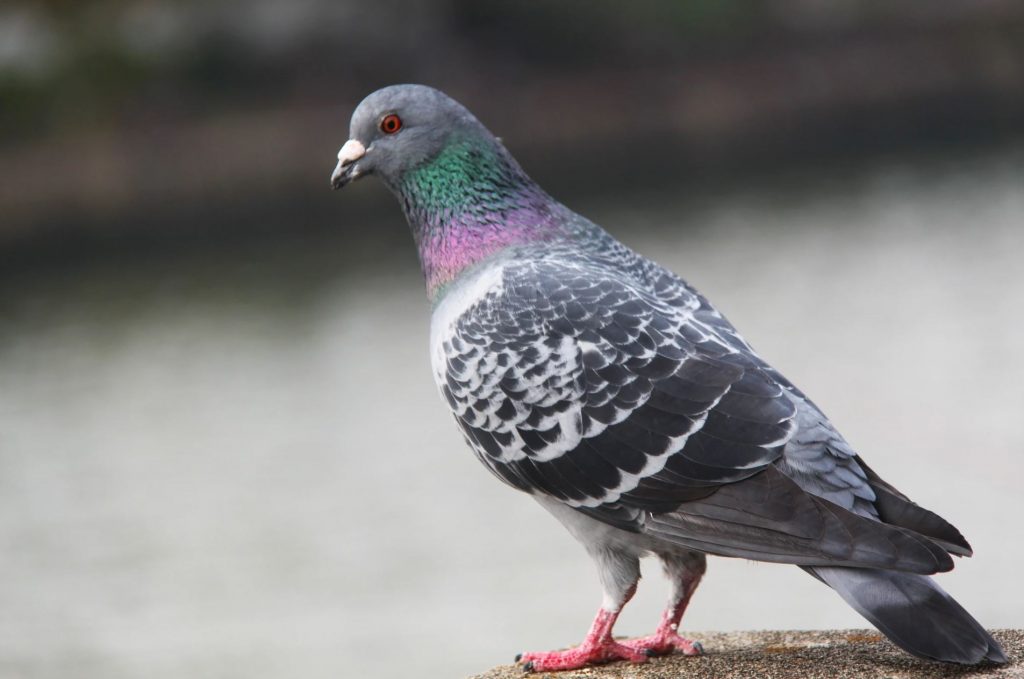Pigeons have become a common sight in urban environments, often causing concerns for property owners and city managers. Natural strategies for managing pigeon populations focus on humane and sustainable methods that work with the birds’ natural behaviors. These approaches include modifying the environment, using non-lethal deterrents, and implementing birth control measures to effectively reduce pigeon numbers without causing harm.
Urban areas provide abundant food sources and nesting sites for pigeons, allowing their populations to thrive. By addressing these factors, natural control methods aim to make spaces less attractive to pigeons. Techniques such as installing bird spikes, netting, and decoy predators can discourage pigeons from roosting and nesting in problematic areas. Additionally, limiting access to food by securing waste containers and discouraging public feeding can help manage pigeon numbers over time.
OvoControl’s article on pigeon control discusses various solutions for managing feral pigeon populations. This approach, combined with other natural strategies, offers a comprehensive and ethical way to address pigeon-related issues in urban settings.
Key Takeaways
- Natural pigeon control methods focus on modifying environments and using non-lethal deterrents
- Limiting food sources and nesting sites is crucial for long-term pigeon population management
- Combining multiple humane techniques yields the most effective results in urban pigeon control
Understanding Pigeon Behaviors and Urban Adaptation
Pigeons have become highly adapted to urban environments, exhibiting unique behaviors and causing various impacts on cities and their residents.
Pigeon Behavior and Urban Habitats
Columba livia, commonly known as feral pigeons, thrive in urban areas due to their adaptability. These birds utilize tall buildings and structures as substitutes for their natural cliff habitats.
Pigeons demonstrate flexible nesting habits, constructing nests on ledges, windowsills, and rooftops. They often form large flocks, roosting together on buildings or in parks.
Urban pigeons have adapted their foraging behavior to take advantage of human food sources. They scavenge for discarded food and readily accept handouts from people.
The spatio-temporal use of urban habitats by pigeons is influenced by factors such as food availability, nesting sites, and human activity patterns.
Health Risks Associated with Pigeon Populations
Pigeon overpopulation in urban areas can lead to several health concerns for humans. Pigeon droppings accumulate in high-traffic areas, posing risks of slips and falls.
These droppings can also harbor harmful pathogens. Two notable diseases associated with pigeon feces are histoplasmosis and cryptococcosis, both fungal infections that can affect human respiratory systems.
Pigeons may carry ectoparasites like mites and ticks, which can infest buildings and potentially spread to humans or pets.
Proper cleaning and maintenance of areas with high pigeon activity is crucial to minimize these health risks.

Community and Environmental Impact
Pigeon populations significantly impact urban communities and environments. Large flocks can cause property damage through their droppings, which corrode building materials and deface structures.
The presence of pigeons can affect local biodiversity. They may compete with native bird species for food and nesting sites, potentially altering urban ecosystems.
Community involvement is key in managing pigeon populations. Education programs can help residents understand the importance of not feeding pigeons and maintaining clean outdoor spaces.
Environmental factors such as urbanization continue to shape pigeon behavior and population dynamics. As cities expand, pigeons adapt and thrive, necessitating ongoing management strategies.
Ethical Population Management and Mitigation Strategies
Effective pigeon control prioritizes humane methods that balance population management with animal welfare. These approaches focus on non-lethal techniques, habitat modification, and innovative solutions to reduce conflicts between humans and pigeons.
Non-Lethal Control Measures
Birth control methods offer a humane alternative to culling for managing pigeon populations. OvoControl, a specially formulated bait containing nicarbazin, prevents egg development when consumed by pigeons. This approach reduces flock sizes gradually over time without harming adult birds.
Sterilization programs can also be implemented through capture-treat-release initiatives. Veterinarians administer contraceptives to pigeons before releasing them back into urban environments. This strategy maintains stable populations while preventing rapid growth.
Trapping using live traps allows for the relocation of pigeons to more suitable habitats. However, this method requires careful planning to avoid simply shifting the problem to new areas.
Deterrence and Habitat Modification
Physical barriers effectively exclude pigeons from buildings and structures. Bird spikes, netting, and wire coils prevent roosting and nesting on ledges, roofs, and other surfaces. These exclusion methods are long-lasting and require minimal maintenance once installed.
Visual deterrents like reflective objects, CDs, and decoy predators can discourage pigeons from settling in an area. Rotating these devices regularly maintains their effectiveness as birds may become accustomed to static deterrents over time.
Habitat modification focuses on reducing food and water sources that attract pigeons. Sealing garbage containers, removing standing water, and encouraging proper waste disposal practices all contribute to making urban environments less hospitable for large pigeon populations.
Integrated Approaches and Innovative Solutions
Combining multiple strategies often yields the best results for sustainable pigeon control. An integrated approach might include:
- Installing physical barriers
- Implementing birth control measures
- Using deterrents
- Modifying habitats
- Educating the public on proper feeding practices
Falconry offers a natural method of pigeon control. Trained raptors patrol areas, deterring pigeons through their presence. This technique is particularly effective in open spaces like parks and plazas.
Drone technology is emerging as an innovative tool for pigeon management. Drones can survey populations, identify nesting sites, and even deploy deterrents in hard-to-reach areas. This high-tech approach allows for precise, targeted control efforts.
Conclusion
Natural strategies offer effective and humane approaches to managing pigeon populations in urban areas. Birth control methods like OvoControl limit flock growth without harming birds. Exclusion techniques and habitat modification discourage roosting and nesting.
Community involvement and education play key roles in sustainable pigeon management. Combining multiple non-lethal methods provides the best long-term results for coexisting with urban pigeons.
